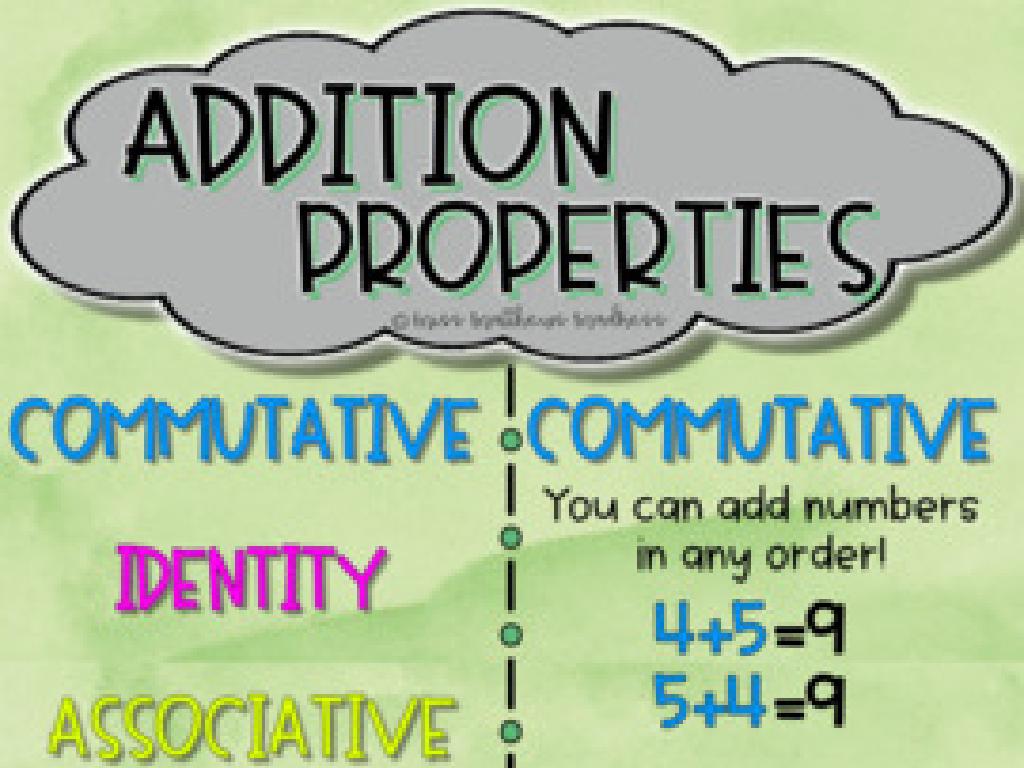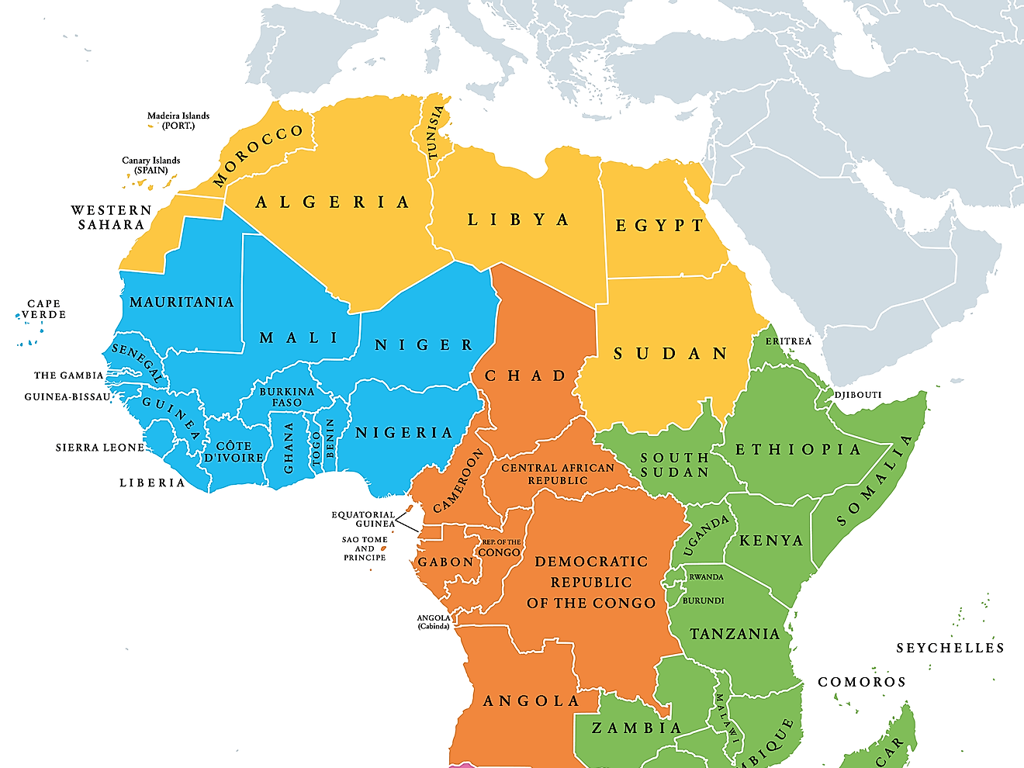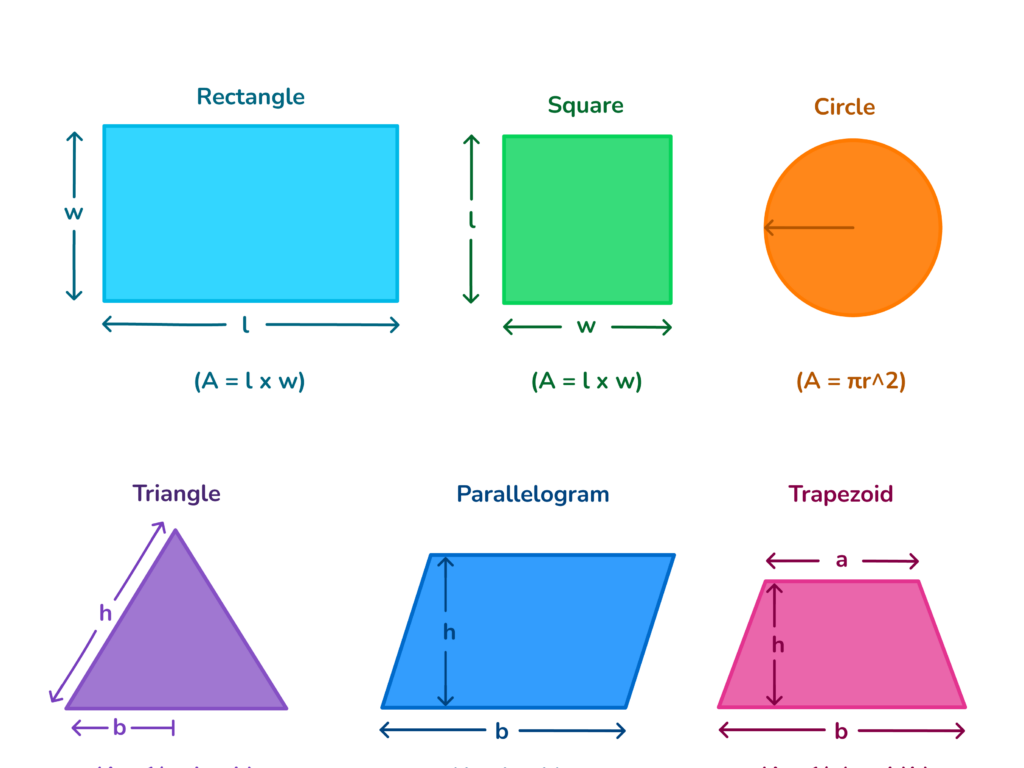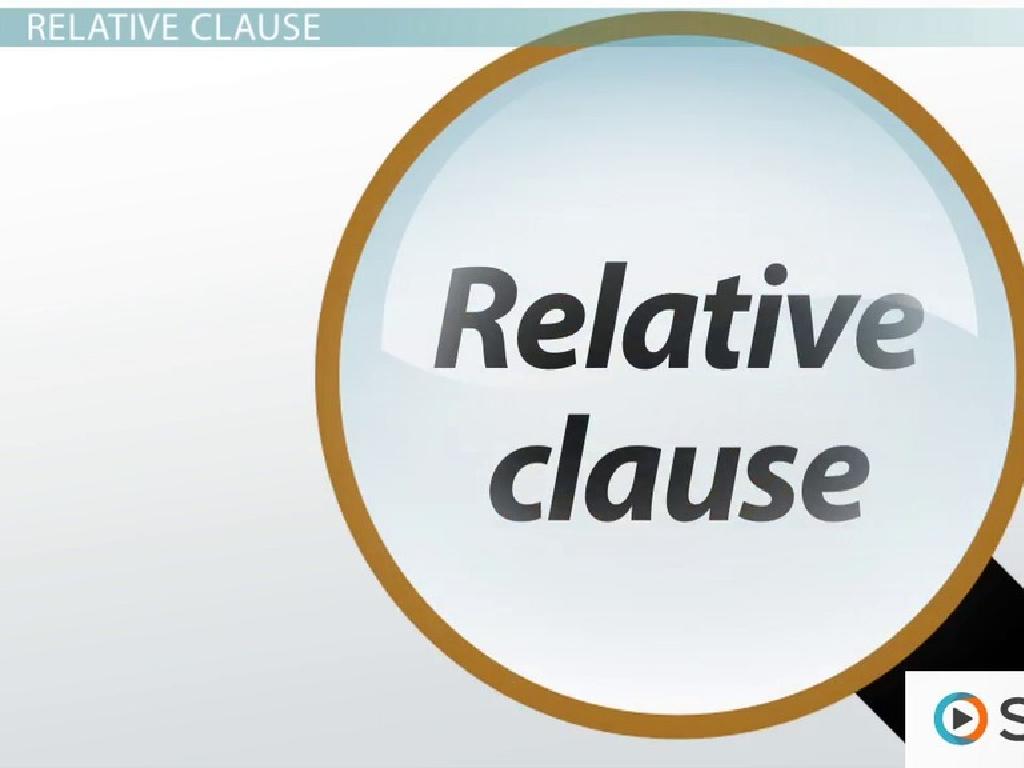Identify Shortage And Surplus With Data
Subject: Social studies
Grade: Eighth grade
Topic: Supply And Demand
Please LOG IN to download the presentation. Access is available to registered users only.
View More Content
Introduction to Supply and Demand
– Basics of supply and demand
– Supply is how much is available, demand is how much is wanted
– Impact on daily shopping
– Prices can rise or fall based on supply and demand balance
– Real-life supply & demand
– Examples: Popular toys during holidays or seasonal fruits
– Analyzing shortage & surplus
– Use data to identify when demand exceeds supply (shortage) or supply exceeds demand (surplus)
|
This slide introduces the foundational concepts of supply and demand, which are crucial for understanding economic behavior. Explain that supply represents the quantity of goods available for sale, while demand refers to the quantity that consumers are willing and able to purchase. Highlight how this relationship affects everyday decisions, such as shopping, where prices can fluctuate based on the availability and desire for products. Provide relatable examples, like the scarcity of popular toys leading to higher prices during the holiday season, or how the abundance of seasonal fruits can lower costs. Encourage students to think critically about how data on supply and demand can indicate shortages (when demand outstrips supply) or surpluses (when supply exceeds demand), and how businesses and consumers respond to these situations.
Understanding Economic Shortages
– Define economic shortage
– Shortage occurs when demand exceeds supply
– Explore causes of shortages
– Causes can include natural disasters, production issues
– Examine effects on prices
– Shortages often lead to price increases
– Discuss impact on consumers
– Consumers may face limited choices and higher costs
|
This slide aims to explain the concept of a shortage in economic terms. A shortage happens when the demand for a product or service surpasses the available supply. Several factors can cause shortages, including unexpected natural disasters, production delays, or sudden spikes in demand. These shortages can have a ripple effect on the economy, often leading to increased prices as the market responds to the scarcity of the product. Consumers are directly affected by shortages as they may have to deal with higher prices and a lack of availability of certain goods. It’s important for students to understand how these economic principles play out in real-world scenarios. Encourage them to think of recent examples of shortages and discuss how it impacted consumers and prices.
Understanding Economic Surplus
– Define economic surplus
– Surplus: when supply exceeds demand for goods/services
– Causes of market surpluses
– Surpluses occur when producers overestimate demand
– Surplus effects on prices
– Excess supply typically lowers prices to boost sales
– Decision-making and surplus
– Producers may reduce production or find new markets
|
This slide introduces the concept of economic surplus, a situation where the quantity of a product supplied exceeds the quantity demanded. It’s crucial for students to understand that surpluses can result from overproduction or a decrease in demand. Surpluses often lead to price reductions as sellers try to sell their excess stock. This can influence producers to adjust their production strategies or explore new markets to maintain profitability. Encourage students to think of real-world examples, such as seasonal items after a holiday, to illustrate the concept. Discuss how understanding surplus can aid in making informed economic decisions both for businesses and consumers.
Analyzing Data for Shortage and Surplus
– Interpret supply & demand graphs
– Graphs show the relationship between supply, demand, and price.
– Find shortage & surplus points
– Shortage: demand > supply. Surplus: supply > demand.
– Case study: Real-world analysis
– Examine a market scenario to identify shortages or surpluses.
– Discussing market equilibrium
|
This slide aims to teach students how to read and interpret supply and demand graphs, which are crucial for understanding market dynamics. Students should learn to identify where the demand curve exceeds the supply curve, indicating a shortage, and where the supply curve is above the demand curve, indicating a surplus. The case study will provide a practical example, such as the effect of a new product release on the market, to help students apply their knowledge. Discussing market equilibrium, where supply equals demand, will round out their understanding of how markets self-regulate. Encourage students to think critically about how changes in supply and demand can affect prices and availability of goods.
Shortage and Surplus: Market Influences
– Effects of shortages on choices
– Shortages may lead to prioritizing needs over wants.
– Surpluses’ impact on decision-making
– Surpluses can result in lower prices and more options.
– Businesses’ response to market conditions
– Businesses might adjust production or prices.
– Group discussion on personal experiences
|
This slide aims to explore the concepts of shortage and surplus and their effects on both consumers and businesses. Begin by explaining how a shortage of goods can force individuals to make tough choices, often prioritizing essential needs due to limited availability. Conversely, discuss how a surplus might lead to a decrease in prices and an increase in consumer options, influencing purchasing decisions. Highlight how businesses react to these market conditions by adjusting supply, production rates, or pricing strategies to maintain balance and meet demand. Engage the class in a group discussion to share personal experiences related to shortages or surpluses, fostering a deeper understanding of these economic principles in everyday life. This activity will help students connect theoretical concepts to real-world scenarios.
Class Activity: Market Simulation
– Divide into buyers and sellers
– Receive shortage/surplus scenarios
– Scenarios may include unexpected events affecting supply or demand
– Discuss effects on prices
– How do shortages raise prices, or surpluses lower them?
– Record strategies and outcomes
– What would you do as a buyer or seller in these situations?
|
This interactive class activity is designed to help students understand the concepts of shortage and surplus in a market economy. By dividing the class into groups of buyers and sellers, students can simulate real market interactions. Provide each group with different scenarios that could lead to either a shortage or a surplus of goods. Encourage students to discuss within their groups how these situations would affect the prices of goods and what strategies they might employ to cope with these changes. Possible scenarios include a sudden increase in demand for a popular product, or a new technology that increases production efficiency. After the activity, facilitate a discussion to help students articulate their understanding of supply and demand dynamics.
Conclusion: Shortage, Surplus, and Market Impact
– Recap: What are shortages?
– Shortage occurs when demand exceeds supply
– Recap: What are surpluses?
– Surplus happens when supply exceeds demand
– Daily life and market conditions
Market conditions can influence prices and availability of goods in our everyday life
– Q&A session for doubts
|
This slide aims to summarize the key concepts of shortages and surpluses within the framework of supply and demand. Begin by recapping the definitions and implications of both terms, ensuring students can distinguish between them. Highlight the relevance of these concepts by discussing how fluctuations in market conditions can affect the cost and accessibility of items that students encounter daily, such as technology, clothing, and food. Conclude with a Q&A session to address any uncertainties and solidify understanding. Encourage students to think of recent examples where they might have experienced or noticed the effects of shortages or surpluses in the market.






